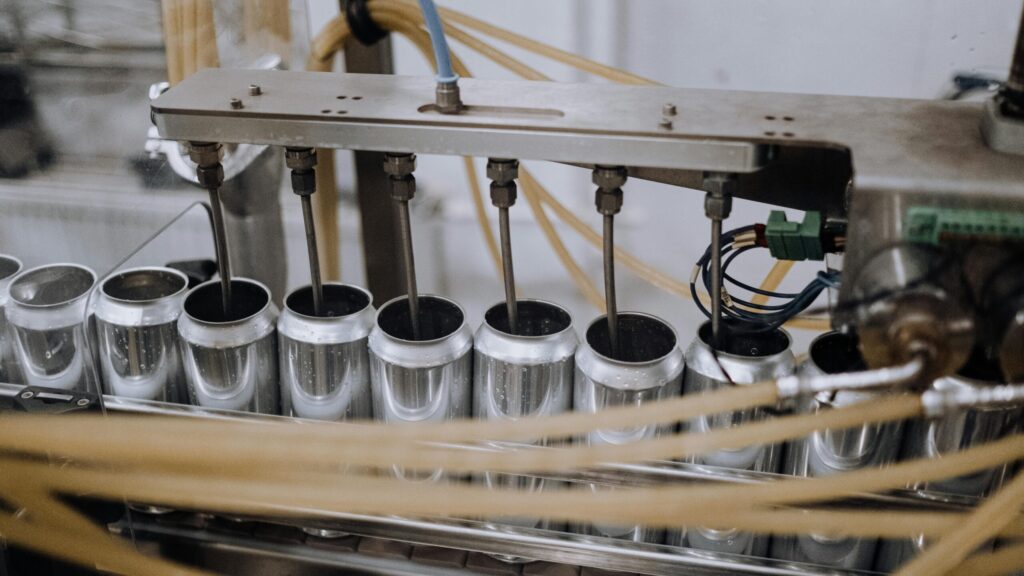In recent years, difficulties in the food and beverage supply chains have become a constant source of stress for the industry’s suppliers and the companies that rely on them. Plant operations, production schedules, logistics, and the customer experience are vulnerable to supply chain disruptions. Not all interruptions are avoidable, but most can be handled. If an organization wants to avoid downtime and setbacks right now, it should put preparation and planning at the top of its list.
Demand Forecasting
Demand forecasting combines and analyzes previous sales data to predict client demand within defined timeframes. Accurate demand forecasting requires factoring in restrictions that may influence direction. This dynamic demand forecasting lets the manufacturer respond to market pressures in real-time.
It is common practice for sales vans to make sales to the conventional trade and HoReCa. Thus, a daily van-route-level product demand forecast would be helpful. Food and beverage facilities with multiple products use demand projections. When you know what each product needs, it’s easier to figure out how to use parts and machines to make different things. This ensures that the producer can quickly fulfill long-term and urgent requests, as well as satisfy a wide range of clients.
Production Planning
A manufacturing plan specifies the time and place of each product’s production. Everything from the raw ingredients to the logistics has been accounted for. With the help of the many processes that are part of lean manufacturing, production bottlenecks and other problems can be found and fixed before they get out of hand. Because of this, it is a flexible document that needs to be checked and changed all the time.
A production schedule is a useful tool for managers and a way for the production and sales departments to talk to each other. When there is a change in demand, the sales department lets production know. When production is complete, manufacturers notify the sales department.
Quality-Data Capturing
Modern supply networks require complete product visibility to anticipate difficulties. This means that before, during, and after production, brands, retailers, and manufacturers need to collect data from the factories that make raw materials all the way to the stores that sell them through assembly vendors and warehouses. For example, the more data you combine from repeated inspections, the more useful information you might get about how to avoid risks in the supply chain.
On the other hand, business inefficiencies might increase with inaccurate data. Quality control teams make supply chain decisions based on report data. As a result, having more data leads to better decisions. On the other hand, it might be important to keep track of the number of inspections that fail and any major flaws. Significant flaws may have to be gathered. Such metrics can assist managers in developing plans.
Trace and Tracking
Track and trace, in the context of the logistics business, is being able to track the whereabouts of a product at any given time and view its whole chain of custody. For track-and-trace and trace, it is necessary to follow a product from its point of origin through its many stages of production, distribution, and sale. Keeping track of the product’s provenance throughout its course is essential. Tracking and tracing are hard in today’s supply chains because of old paper methods and disconnected data systems that slow communication. Due to incompatible data, supply chains are prone to problems like lack of visibility, wrong supply, and demand forecasts, human error, fake goods, and not following rules.


